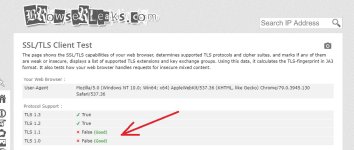Today, we’re excited to announce some improvements to our tracking prevention feature that have started rolling out with Microsoft Edge 79. In
our last blog post about tracking prevention in Microsoft Edge, we mentioned that we are experimenting with ways that our Balanced mode can be further improved to provide even greater privacy protections by default without breaking sites. We are looking to strike a balance between two goals:
- Blocking more types of trackers – Microsoft Edge’s tracking prevention feature is powered by Disconnect’s tracking protection lists. We wanted to build off our initial implementation of tracking prevention in Microsoft Edge 78 and maximize the protections we offered by default by exploring blocking other categories of trackers (such as those in the Content category) in Balanced mode. These changes resulted in Microsoft Edge 79 blocking ~25% more trackers than Microsoft Edge 78.
- Maintaining compatibility on the web – We knew that blocking more categories of trackers (especially those in the Content category) had the potential to break certain web workflows such as federated login or embedded social media content.
We learned through experimentation that it is possible to manage these tradeoffs by relaxing tracking prevention for organizations with which a user has established a relationship. To determine this list, we built on-device logic that combines
users’ personal site engagement scores with the
observation that some organizations own multiple domains that they use to deploy functionality across the web. It’s worth mentioning that this compatibility mitigation only applies to Balanced mode; Strict mode will continue to block the largest set of trackers without any mitigations.



